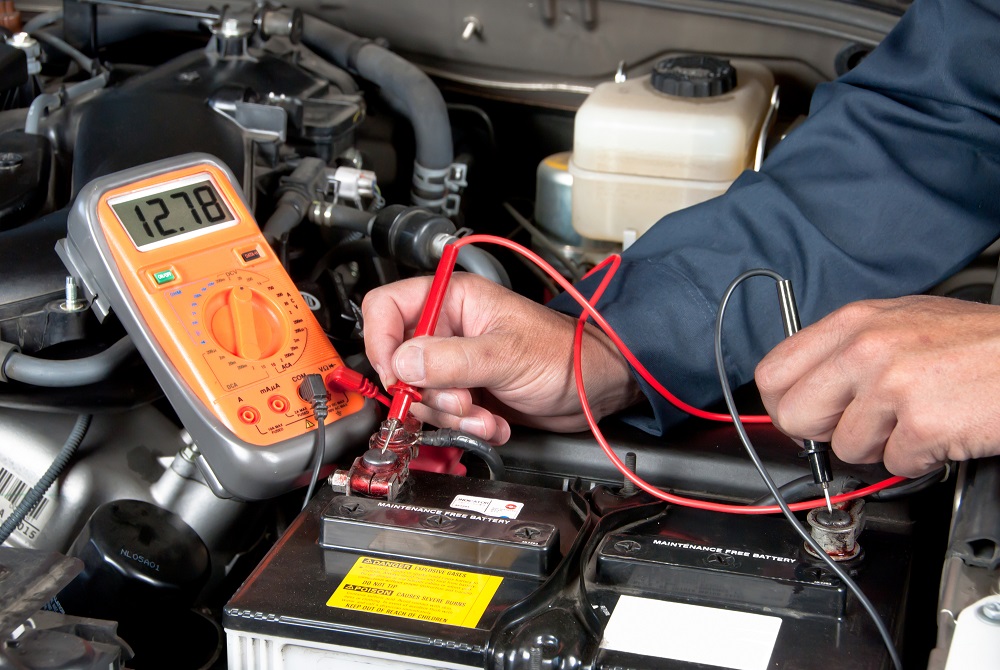The car battery is one of the most important components of any vehicle, providing the necessary power to start the engine and run the electrical systems. However, like all car parts, batteries can wear out over time and need to be replaced. In this article, we will discuss the process of replacing a car battery and what to expect.

When to replace a car battery
The lifespan of a car battery can vary depending on several factors such as the climate, driving habits, and the quality of the battery. However, a typical car battery can last anywhere between 3 to 5 years. Signs that indicate it is time to replace the battery include:
- Slow engine crank: If the engine is slow to start, it may be due to a weak battery.
- Dim headlights: Dim headlights may indicate a weak battery as they require a lot of power.
- Swollen battery case: A swollen battery case is a sign of an old and worn-out battery that needs to be replaced.
- Corrosion on battery terminals: Corrosion on battery terminals can prevent the battery from charging properly, indicating that it needs to be replaced.
The process of replacing a car battery is a relatively simple process that can be done in a few steps. However, it is important to follow the correct safety procedures and handle the battery carefully, as it contains hazardous chemicals.
Step 1: Prepare the tools and materials
Before you start the process of replacing the car battery, you need to ensure that you have the necessary tools and materials. These include:
- A new car battery that is the correct size and type for your vehicle.
- A pair of safety gloves and safety goggles to protect your hands and eyes.
- A wrench or a socket set to loosen the battery terminals.
- A wire brush or sandpaper to clean the battery terminals.
- A battery terminal cleaner or a solution of baking soda and water to clean the battery terminals.
Step 2: Turn off the engine and locate the battery
The first step in replacing the car battery is to turn off the engine and locate the battery. In most cars, the battery is located under the hood, but it can also be located in the trunk or under the rear seat in some models.
Step 3: Disconnect the battery terminals Once you have located the battery, the next step is to disconnect the battery terminals. Use a wrench or a socket set to loosen the nuts or bolts that hold the battery cables in place. Start with the negative cable, which is usually black, and then move on to the positive cable, which is usually red.
It is important to disconnect the negative cable first to prevent any electrical sparks or shorts that may occur when disconnecting the positive cable.
Step 4: Remove the old battery
After disconnecting the battery terminals, the next step is to remove the old battery. Lift the battery out of the battery tray and place it in a safe location away from children and pets.
Step 5: Clean the battery terminals Once you have removed the old battery, the next step is to clean the battery terminals. Use a wire brush or sandpaper to remove any corrosion or dirt from the terminals. You can also use a battery terminal cleaner or a solution of baking soda and water to clean the terminals.
Step 6: Install the new battery
After cleaning the battery terminals, the next step is to install the new battery. Place the new battery in the battery tray and secure it in place using the hold-down clamp or bracket. Make sure that the battery is properly seated and level.
Step 7: Reconnect the battery terminals
Once the new battery is installed, the next step is to reconnect the battery terminals. Start with the positive cable and then connect the negative cable and you’re ready to go!
in case you find this a bit overwhelming, you always have Sydney Express Batteries to help you replace your old batteries with new ones. Call today : 1300 300 732
